The ocean hides an amazing world just below the surface. With just a mask and fins, you can swim among colorful fish and beautiful coral reefs. This guide covers the top 10 snorkeling spots for 2025, chosen for their clear waters, diverse marine life, and natural beauty. From Sipadan Island in Malaysia to Hawaii's volcanic coasts, these destinations offer unforgettable underwater experiences while supporting conservation efforts to protect these special places.

How We Selected the Best Snorkeling Spots: 6 Key Criteria
We chose these snorkeling destinations based on six important factors that matter most to snorkelers.
- Rich Marine Biodiversity: Locations with diverse fish species, varied coral formations, and special marine life like turtles and rays. The Coral Triangle region often tops this category with some reefs housing over 1,000 fish species.
- Excellent Water Clarity: Sites offering visibility of 20-30 meters (65-100 feet) with minimal sediment, protection from currents, and reliable clear conditions during certain seasons.
- Healthy Coral Reef Systems: Areas with good coral coverage, vibrant colors indicating health, diverse coral species, minimal bleaching, and active restoration efforts where needed.
- Accessibility for Various Skill Levels: Spots that balance amazing marine life with practical access—some offering shore entry, others requiring short boat rides—with options for both beginners and experienced snorkelers.
- Unique Underwater Features: Destinations with special attractions like interesting landscapes (caves, drop-offs), regular sightings of notable species, unusual habitats, seasonal events, or cultural elements like shipwrecks.
- Strong Conservation Practices: Locations with established marine protected areas, community conservation programs, good visitor management, and partnerships with responsible tour operators who educate visitors.
These criteria guided our selection process for the top snorkeling destinations worldwide. Each location on our list excels in multiple categories, offering exceptional underwater experiences for snorkelers of all levels.
1. Sipadan Island, Malaysia: Underwater Paradise of Borneo
Sipadan Island rises from the Celebes Sea as one of Malaysia's top snorkeling destinations. Located in the Indo-Pacific biodiversity hotspot, this small island offers exceptional marine experiences. Daily visitor limits (only 120 permits per day) help keep the waters pristine and marine life abundant. Snorkelers can swim alongside large schools of fish, sharks, and sea turtles in clear, accessible waters.
Key Marine Life: Green and Hawksbill Turtles, White-tip Reef Sharks, occasional Hammerhead Sharks, swirling schools of Barracuda and Jackfish, and vibrant coral walls with Gorgonian fans.
Best Time to Visit: March to October offers calmer seas and better visibility. Avoid November to February (monsoon season).
Snorkeling Tips: Book permits months in advance through licensed operators. Stay on nearby islands like Mabul or Kapalai, as overnight stays on Sipadan are prohibited. Respect marine life and never touch coral.

2. Raja Ampat, Indonesia: The Four Kings of Biodiversity
Raja Ampat, meaning "Four Kings" in Indonesian, is an archipelago in West Papua that sits at the heart of the Coral Triangle. This area boasts the highest marine biodiversity on Earth with relatively little tourism impact. Snorkelers can explore varied underwater environments from mangroves and seagrass beds to coral reefs and deep walls.
Key Marine Life: Manta rays at cleaning stations, tiny pygmy seahorses, extensive coral gardens with staghorn, table and soft corals, plus various shark species including reef sharks, wobbegong sharks, and the region's special walking sharks.
Best Time to Visit: October to April offers drier weather, calmer seas, and better visibility. May to September brings more rain but fewer tourists and still good snorkeling conditions.
Snorkeling Tips: Stay at local homestays, resorts, or join a liveaboard trip. Each island group offers different snorkeling experiences, so try to visit multiple areas. Support local Papuan communities and sustainable tourism practices.
3. The Great Barrier Reef, Australia: A Natural Wonder of Immense Scale
The Great Barrier Reef is the world's largest coral reef system and a UNESCO World Heritage Site. This massive underwater ecosystem spans over 2,300 km along Australia's northeast coast. Visitors can enjoy a range of snorkeling experiences from shallow, beginner-friendly coral gardens to more challenging outer reef adventures.
Key Marine Life: Clownfish and numerous reef fish species, giant clams, colorful nudibranchs, green sea turtles, various rays, multiple coral types including hard and soft corals, and seasonal humpback whale sightings.
Best Time to Visit: June to October offers cooler, drier weather with excellent visibility and coincides with whale migration. November to May is warmer and wetter but still good for snorkeling, though be cautious of seasonal jellyfish in some areas.
Snorkeling Tips: Base yourself in Cairns, Port Douglas, Airlie Beach, or on islands for different reef access options. Book boat tours to reach the best reef sites. Always use reef-safe sunscreen to protect the coral ecosystem.

4. Palawan, Philippines: Island Hopping in a Tropical Paradise
Palawan province offers some of the Philippines' best snorkeling spots among its many islands. Known for its limestone cliffs, hidden lagoons, and healthy coral reefs, it's perfect for island hopping adventures. The clear waters provide great visibility for spotting marine life, with options ranging from shallow reefs to WWII shipwrecks. Palawan is also more affordable than many other world-class snorkeling destinations, with options for various budgets.
Key Marine Life: Sea turtles, reef sharks, colorful reef fish, vibrant anemones, interesting underwater rock formations and caves, and rare dugong sightings in specific areas.
Best Time to Visit: November to May (dry season) brings calm seas and good visibility. June to October (rainy season) has fewer tourists but sometimes reduced visibility.
Snorkeling Tips: Take island-hopping tours around El Nido and Coron for the best spots. Try kayaking to reach hidden coves. Watch out for strong currents around outer reefs and always follow local advice.
5. Bora Bora, French Polynesia: Luxury and Lagoon Beauty
Bora Bora is famous for its stunning turquoise lagoon surrounded by volcanic peaks. This French Polynesian island offers excellent snorkeling in calm, clear waters that are perfect for all skill levels. The shallow lagoon provides safe, accessible snorkeling right from beaches or resort areas, making it ideal for families and beginners while still satisfying experienced snorkelers.
Key Marine Life: Blacktip reef sharks and stingrays in shallow areas, colorful tropical fish including butterflyfish, coral gardens and bommies (coral outcrops) throughout the lagoon, and occasional sea turtles.
Best Time to Visit: May to October brings less humidity and pleasant temperatures. November to April is warmer and wetter but still good for snorkeling.
Snorkeling Tips: Join lagoon tours that stop at the best snorkeling spots. Some resorts offer snorkeling directly from overwater bungalows. Respect marine park rules and protected areas.

6. The Maldives: Atoll Paradise in the Indian Ocean
The Maldives consists of coral atolls spread across the Indian Ocean, famous for beautiful beaches and clear waters. Many resorts have excellent "house reefs" just off the beach, making snorkeling incredibly convenient. You can often swim directly from your villa to vibrant coral areas teeming with fish. The Maldives combines relaxing island settings with opportunities to see both common reef creatures and larger marine species.
Key Marine Life: Manta rays (especially during seasonal gatherings), whale sharks in certain areas year-round, sea turtles, reef sharks, eagle rays, and numerous colorful reef fish and anemonefish.
Best Time to Visit: November to April (dry season) offers calmer seas, better visibility, and sunny weather. May to October (wet season) has more rain but fewer tourists and lower prices.
Snorkeling Tips: Research which atolls and resorts have the best house reefs before booking. Take boat trips to outer reefs and channels for more diverse marine life. Watch for strong currents in channels, especially during tide changes.
7. The Red Sea, Egypt: Coral Gardens and Historical Depths
Egypt's Red Sea offers excellent snorkeling along with historical interest. Its coral reefs have shown good resistance to warming waters, maintaining their color and health better than many other global reefs. Visitors can combine underwater adventures with trips to ancient Egyptian sites. The region has good tourism facilities and reasonable prices, especially for European travelers.
Key Marine Life: Diverse hard and soft corals in bright colors, many reef fish species including butterflyfish, angelfish, and parrotfish, sea turtles, rays, occasional dolphins, and snorkel-accessible WWII shipwrecks in some locations.
Best Time to Visit: October to May has pleasant temperatures ideal for both water and land activities. Summer (June to September) is very hot on land but provides warm sea temperatures perfect for long snorkeling sessions.
Snorkeling Tips: Many resorts have good house reefs right off the beach. Take boat trips to offshore reefs for more variety and fewer crowds. Dress modestly when visiting towns and cultural sites.

8. Belize Barrier Reef, Belize: The Western Hemisphere's Longest Reef
The Belize Barrier Reef is the largest reef system in the Western Hemisphere and a UNESCO World Heritage Site. Running along Belize's coastline, it features diverse ecosystems from mangrove forests and seagrass beds to coral atolls. This extensive reef system gives snorkelers many different environments to explore in one destination.
Key Marine Life: Manatees in seagrass areas, loggerhead and green turtles, nurse sharks, various rays, colorful reef fish, and vibrant sponges. Adventurous snorkelers can explore the edges of the famous Great Blue Hole, though its center is mainly for divers.
Best Time to Visit: February to May offers the best visibility and least rain. November to January and June/July have fewer crowds. August to October brings more rain and sometimes reduced visibility.
Snorkeling Tips: Stay on Caye Caulker or Ambergris Caye (San Pedro) for easiest reef access. Book boat trips to reach outer reef sites. Budget for marine reserve fees at protected areas.
9. Galapagos Islands, Ecuador: Unique Wildlife Encounters
The Galapagos Islands are a special group of volcanic islands off Ecuador known for their unusual wildlife. Snorkeling here lets you swim with animals found nowhere else, many of which aren't afraid of humans. The underwater landscapes feature interesting volcanic formations, and strict conservation rules help protect this special ecosystem.
Key Marine Life: Marine iguanas feeding underwater (the world's only sea-going lizards), playful Galapagos sea lions that often swim with snorkelers, sea turtles, Galapagos penguins, white-tip reef sharks, Galapagos sharks, and various unique fish and invertebrates.
Best Time to Visit: June to November (dry season) has cooler water but better visibility and calmer seas. December to May (warm season) offers warmer water but sometimes choppier conditions and more rain.
Snorkeling Tips: You must join guided tours as independent snorkeling is restricted in most areas. Bring or rent a snorkel set as water can be cool, especially during dry season. Always keep a respectful distance from wildlife and follow guide instructions.

10. Hawaii, USA: Volcanic Shores and Diverse Marine Habitats
The Hawaiian Islands offer great snorkeling spots with easy access for North American travelers. Each island (Oahu, Maui, Big Island, and Kauai) has its own special snorkeling areas, from beginner-friendly protected bays to coral reefs and interesting lava tube formations. The variety of underwater environments makes Hawaii perfect for snorkelers of all levels.
Key Marine Life: Green sea turtles at many locations, fish species found only in Hawaii like the Hawaiian Sergeant, colorful reef fish including butterflyfish, tangs, and parrotfish, rare monk seal sightings, and humpback whales during winter migration.
Best Time to Visit: Hawaii is good for snorkeling year-round. Summer (May to September) has warmer, calmer waters but more tourists. Winter (October to April) brings whale watching opportunities but rougher seas on north shores.
Snorkeling Tips: Visit different islands to see the variety. Popular spots include Hanauma Bay (Oahu), Molokini Crater (Maui), and Kealakekua Bay (Big Island). Follow local rules to protect marine life and reef ecosystems.

Visit the World's Best Snorkeling Spots!
The underwater world offers incredible beauty at these top snorkeling destinations. Each location has its own special features - from the rich coral gardens of Sipadan to the unique marine iguanas in the Galapagos. No matter if you're a beginner or experienced snorkeler, there's a perfect spot waiting for you. The best time to visit varies by location, but with proper planning, you can enjoy clear waters and amazing marine life. By supporting destinations with strong conservation practices, you'll help protect these underwater treasures for years to come.
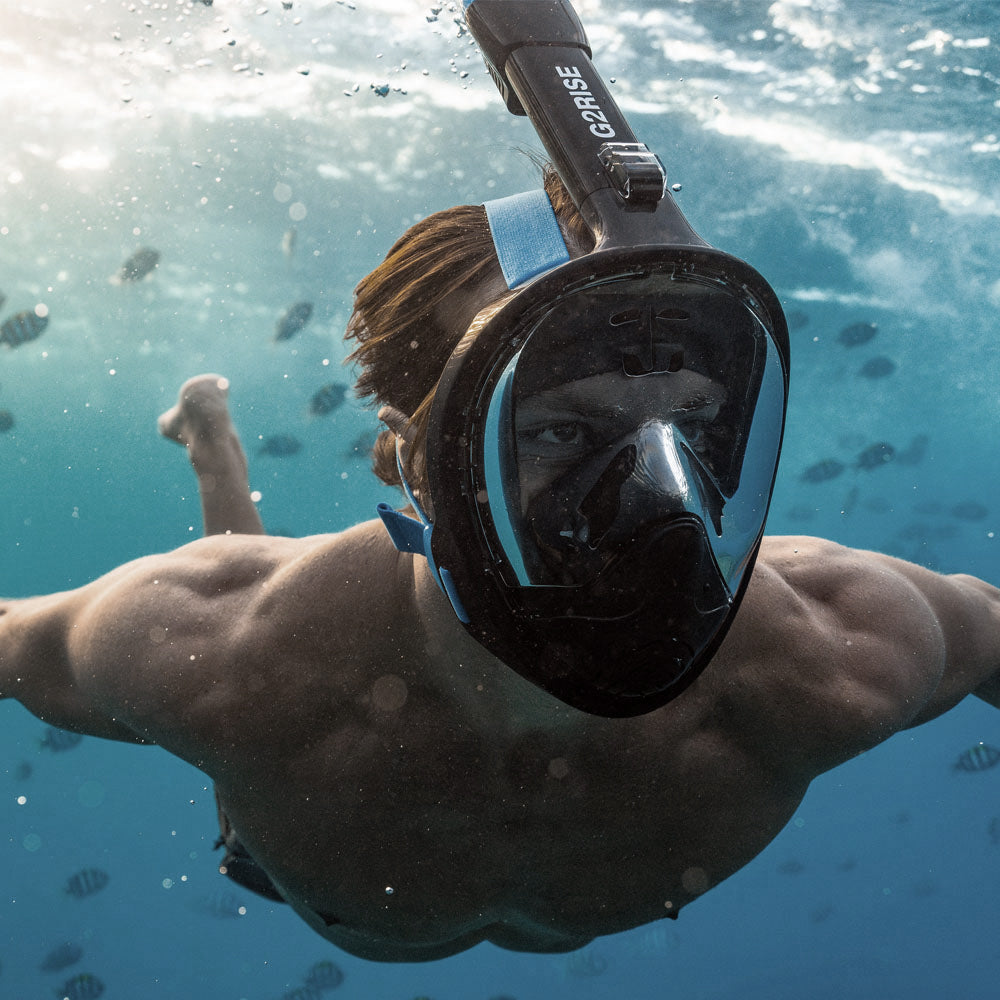
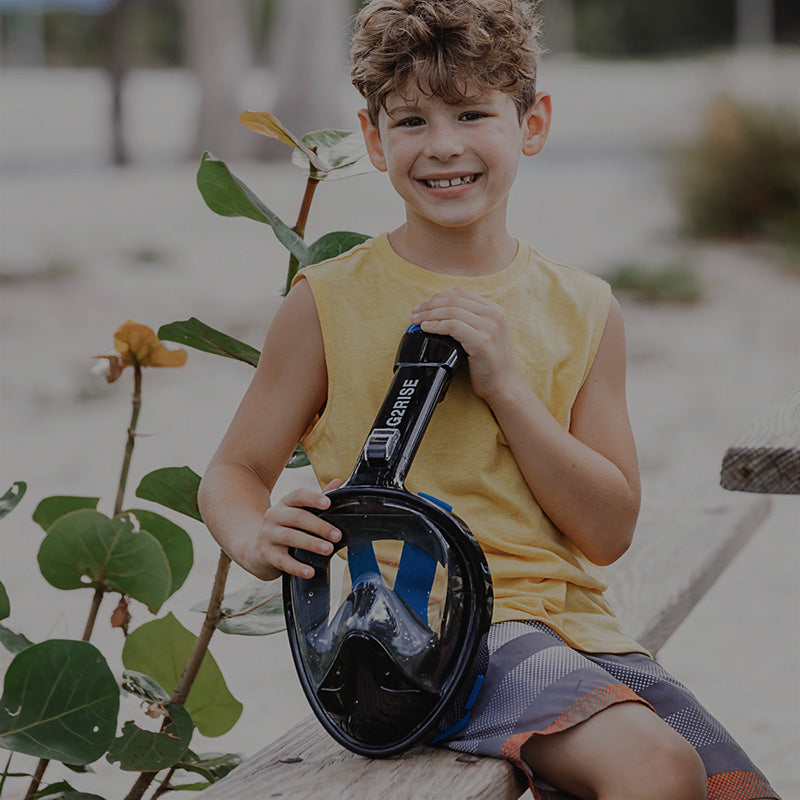
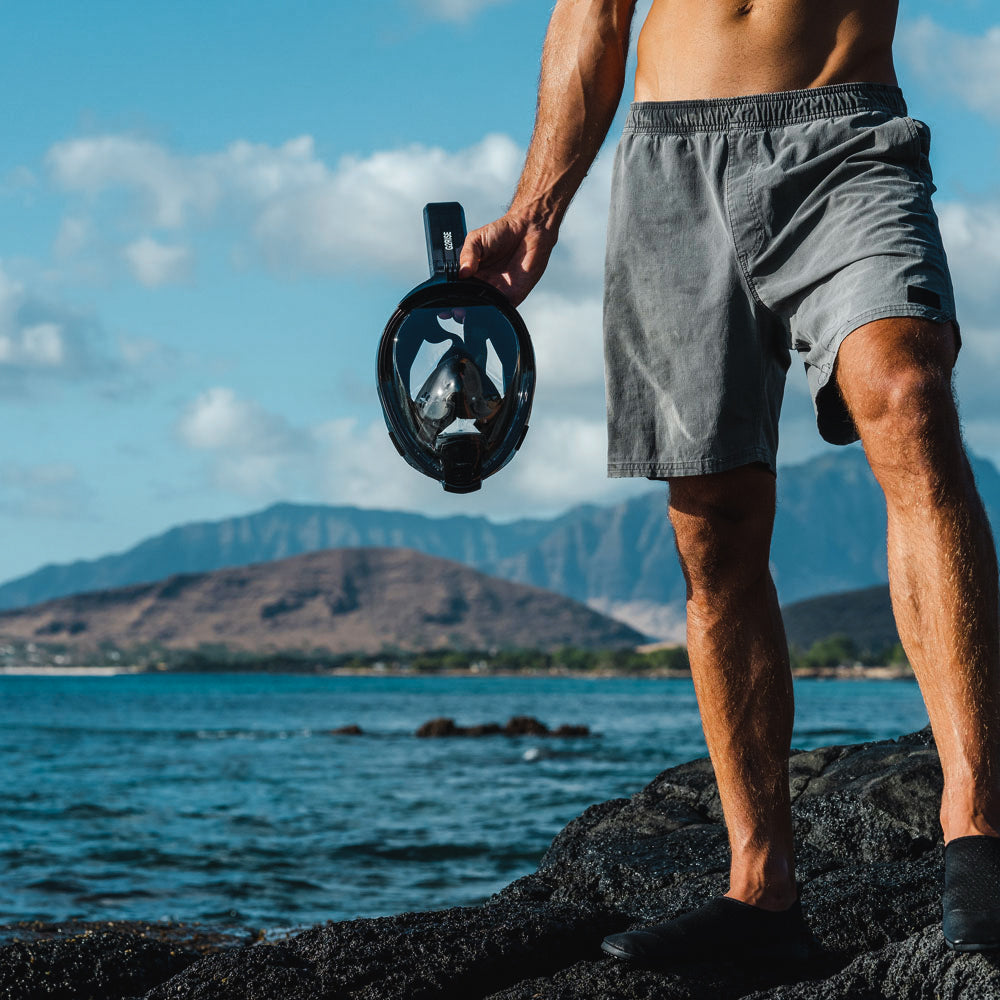
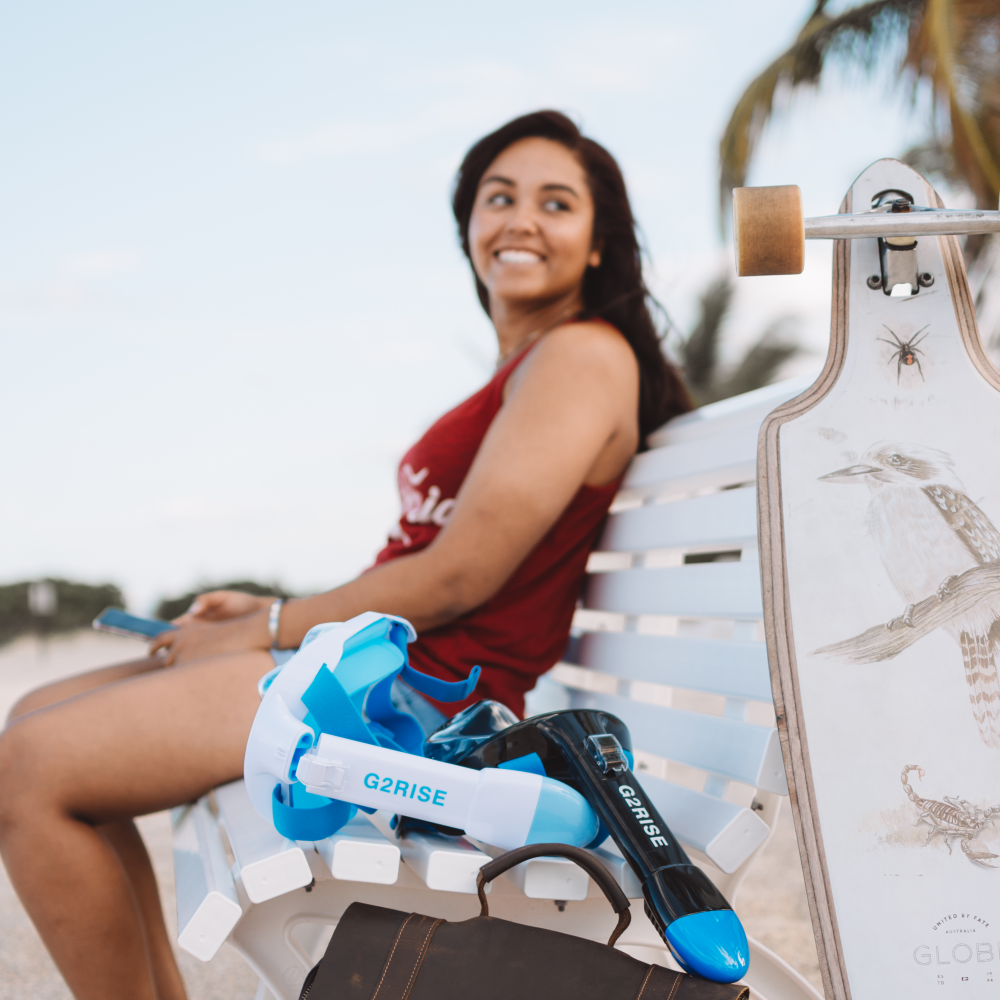
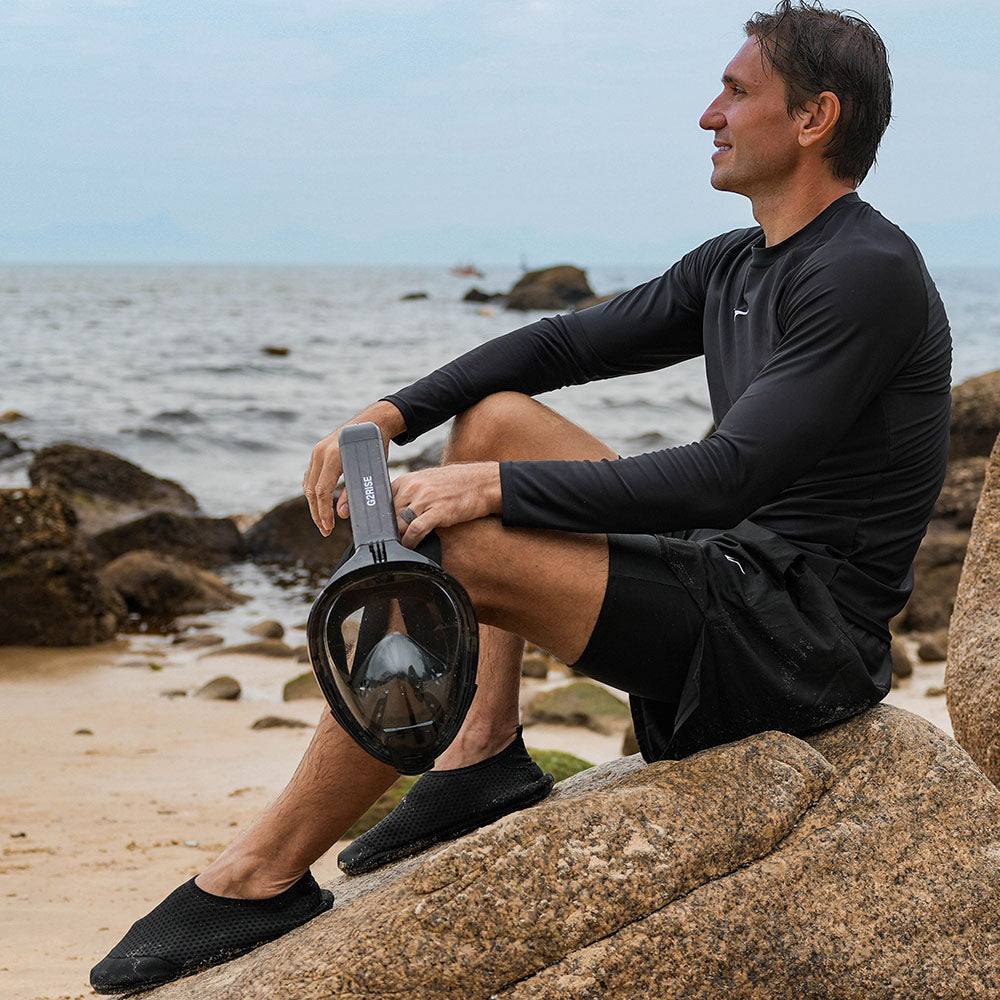

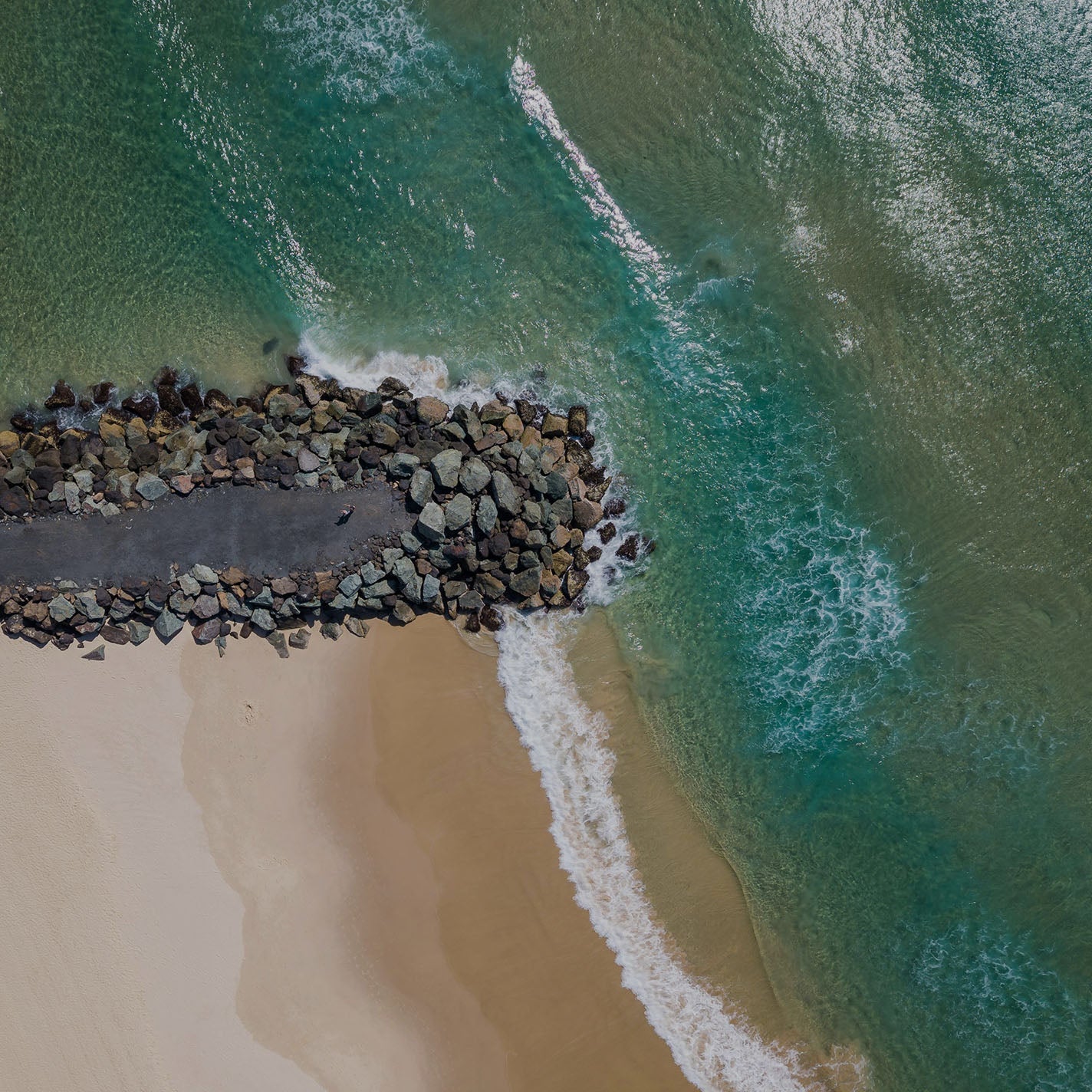
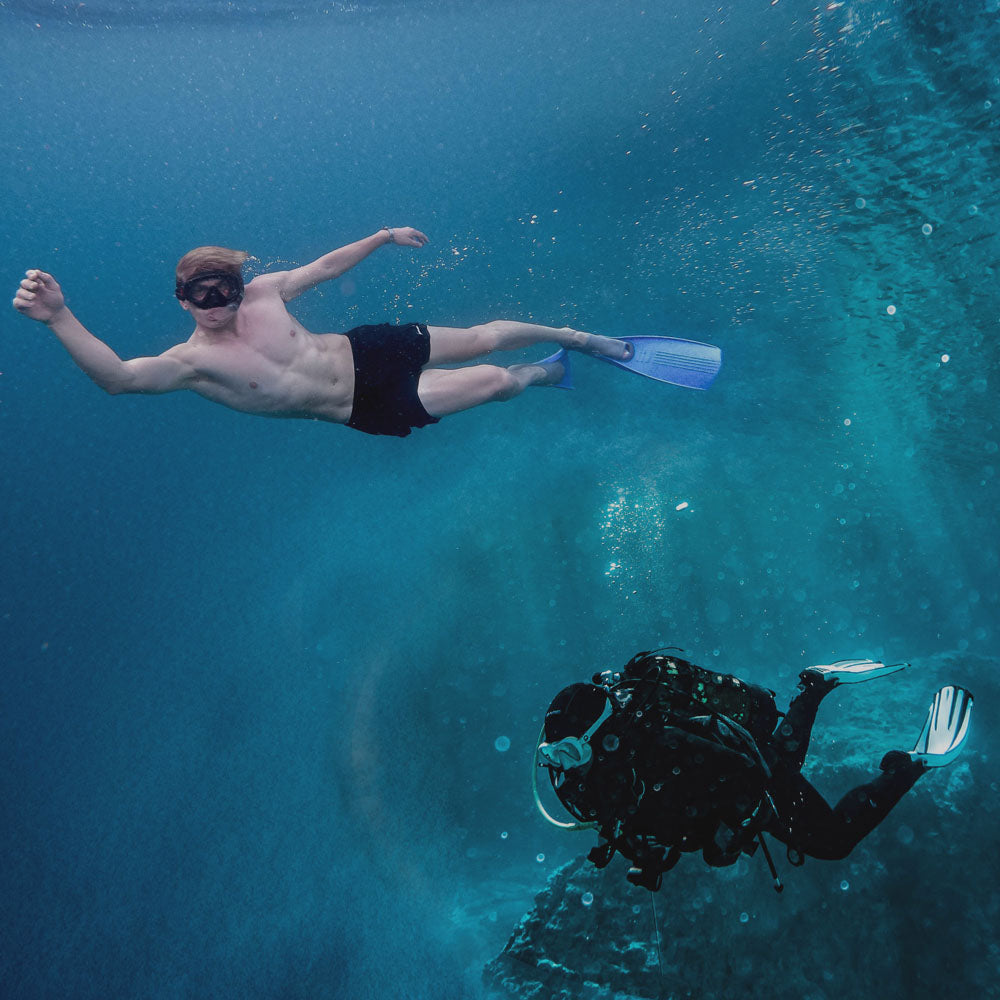
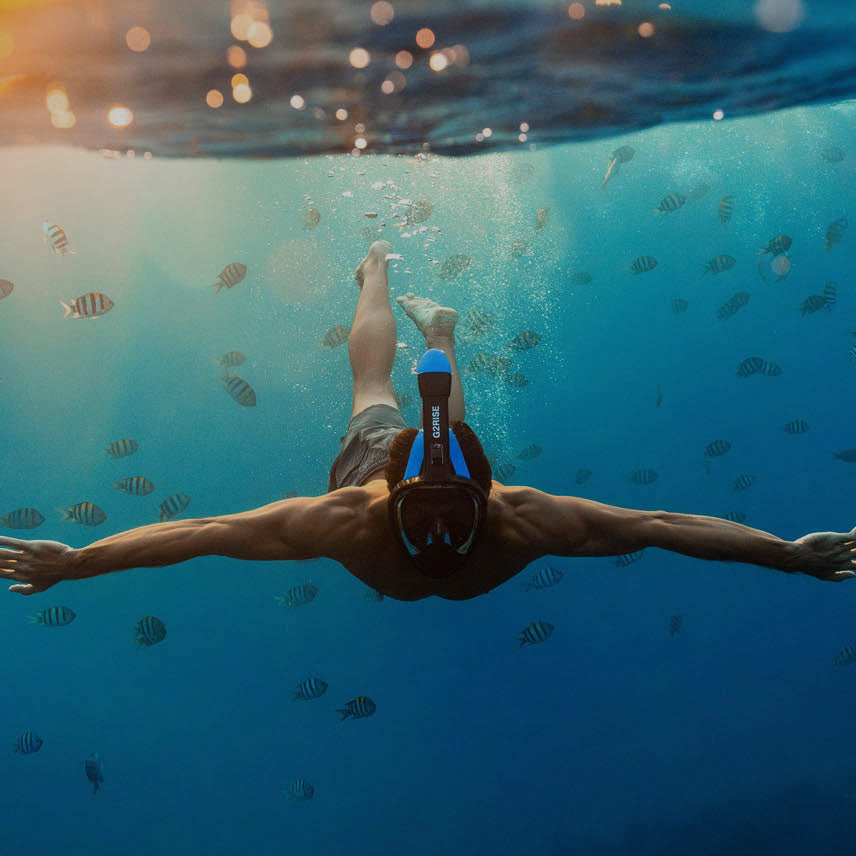
Leave a comment
This site is protected by hCaptcha and the hCaptcha Privacy Policy and Terms of Service apply.